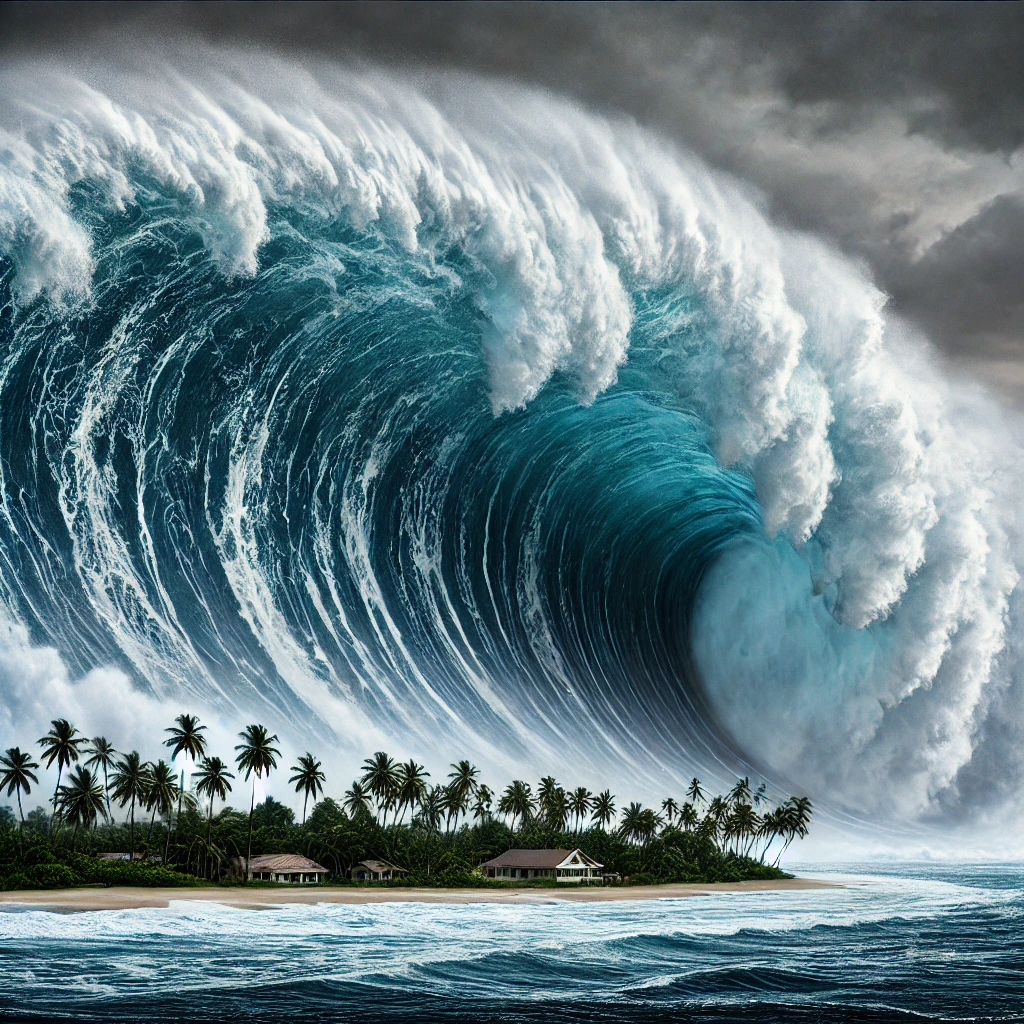On December 26th, 2004, a massive undersea earthquake in the Indian Ocean triggered a devastating tsunami, affecting multiple countries and claiming hundreds of thousands of lives. It stands as one of the deadliest natural disasters in history. The sheer scale of destruction, combined with the speed at which it unfolded, left an indelible mark on the global community and reshaped the way the world prepares for such disasters.

The Earthquake That Set It All in Motion
The event began with a colossal earthquake measuring 9.1 to 9.3 on the Richter scale off the west coast of northern Sumatra, Indonesia. Occurring at 7:58 AM local time, the quake was caused by a rupture along the fault line between the Indian Plate and the Burma Plate. The violent shifting of tectonic plates displaced a massive volume of seawater, unleashing powerful waves that radiated across the Indian Ocean.
Countries bordering the ocean, including Indonesia, Thailand, Sri Lanka, India, and even parts of East Africa, were struck within hours. In some places, the tsunami waves reached heights of up to 100 feet, wiping out entire coastal communities. The speed of the waves, moving as fast as 500 miles per hour in deep waters, gave residents little time to react or escape.

A Global Response and Lasting Impact
The scale of the tragedy sparked an unprecedented global humanitarian response. Governments, international organizations, and individuals around the world rallied to provide aid and support for recovery efforts. Billions of dollars in donations poured in to assist the affected countries with rebuilding homes, infrastructure, and livelihoods.
One of the most significant outcomes of the disaster was the establishment of the Indian Ocean Tsunami Warning System. Launched in 2006, the system was designed to provide early detection of undersea earthquakes and tsunamis, ensuring timely alerts to vulnerable regions. Advances in seismic monitoring and community preparedness have since strengthened global resilience to similar disasters.
Remembering the Legacy

Two decades later, the memory of the 2004 Indian Ocean tsunami remains etched in history. Annual memorials and tributes honor the lives lost and remind the world of the devastation nature can unleash. Survivors and communities continue to rebuild, demonstrating immense resilience and determination in the face of adversity.
The disaster serves as a sobering reminder of the importance of preparedness and solidarity in a world where natural events can change lives in an instant. While the scars remain, the lessons learned have helped improve our ability to predict, respond to, and mitigate the impact of such catastrophic events, ensuring that the tragedy of 2004 was not in vain.
